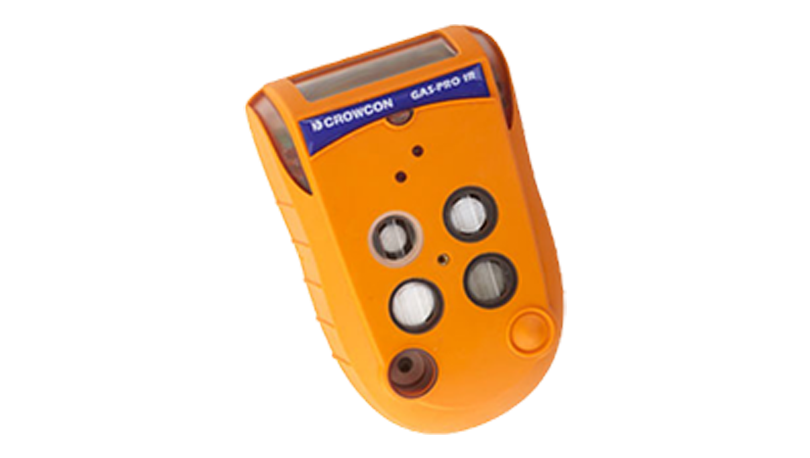
CH4
METANO
Utilizado principalmente para producir luz y calor, el metano (CH4) es un gas incoloro y muy inflamable que constituye el principal componente del gas natural, también denominado biogás.
El metano es un gas de efecto invernadero que se encuentra en condiciones atmosféricas normales en una proporción aproximada de 2,2 partes por millón (ppm). El metano también se produce de forma natural en las zonas húmedas a través de la descomposición anaeróbica de la materia animal y vegetal.
El metano se utiliza en muchas industrias, como la fabricación de pasta y papel, la alimentación y las bebidas, y el refinado de petróleo, y puede almacenarse y/o transportarse a presión como gas líquido. Debido a su inflamabilidad, el gas metano debe controlarse en espacios cerrados o subterráneos, para mitigar el riesgo de combustión. También supone un peligro para la vida por asfixia, ya que desplaza al oxígeno.
Incoloro e inodoro
Altamente inflamable
No es tóxico, pero puede desplazar al oxígeno
Componente de gas natural
Potente gas de efecto invernadero
Más información sobre el METANO
| Peligro | Altamente inflamable, asfixiante en espacios cerrados |
| Clasificación | Gas inflamable |
| Límites de exposición | (OSHA) PEL\TWA: Sin límite específico (considerado asfixiante) |
| Industrias presentes | Producción de gas natural, minería del carbón, agricultura (ganadería), vertederos |
| Efectos sobre la salud | Asfixia en áreas confinadas, sin efectos tóxicos directos a niveles normales |
| Impacto medioambiental | Potente gas de efecto invernadero, contribuye al calentamiento global |
| Duración en el aire | Puede permanecer en la atmósfera durante aproximadamente de 9 a 12 años |
El metano es altamente inflamable y puede encenderse a una temperatura relativamente baja. Es combustible y, si se presuriza, también supone un riesgo de explosión en concentraciones de entre el 5% y el 15%.
Una exposición elevada al metano puede reducir la cantidad de oxígeno inhalado, lo que provoca cambios de humor, dificultad para hablar, problemas de visión, pérdida de memoria, náuseas, vómitos, enrojecimiento facial y dolores de cabeza. En casos graves, puede haber cambios en la respiración y el ritmo cardiaco, problemas de equilibrio, entumecimiento e inconsciencia. Con una exposición extremadamente alta o continuada, el metano puede matar.
En caso de contacto con los ojos, lávelos inmediatamente con abundante agua durante un mínimo de 15 minutos. En caso de contacto con la piel, sumerja la zona afectada en agua tibia y busque atención médica.
En caso de inhalación de metano, aleje a la persona de la exposición e inicie la respiración artificial si la respiración se ha detenido, y la RCP si el corazón se ha parado. Busque atención médica lo antes posible.
Cómo detectar el metano
¿Necesita el consejo de un experto?
El equipo de Crowcon es líder del sector en detección de gases, y entre todos tenemos décadas de experiencia trabajando con y alrededor de gases como el metano. Si desea asesoramiento sobre detección de gases y seguridad, un miembro de nuestro equipo estará siempre a su disposición para indicarle los mejores recursos y consejos para mantener su seguridad, la de sus instalaciones y la de su personal.
Lea sobre la Política de privacidad y cookies aquí. Si cambia de opinión, puede darse de baja en cualquier momento




















